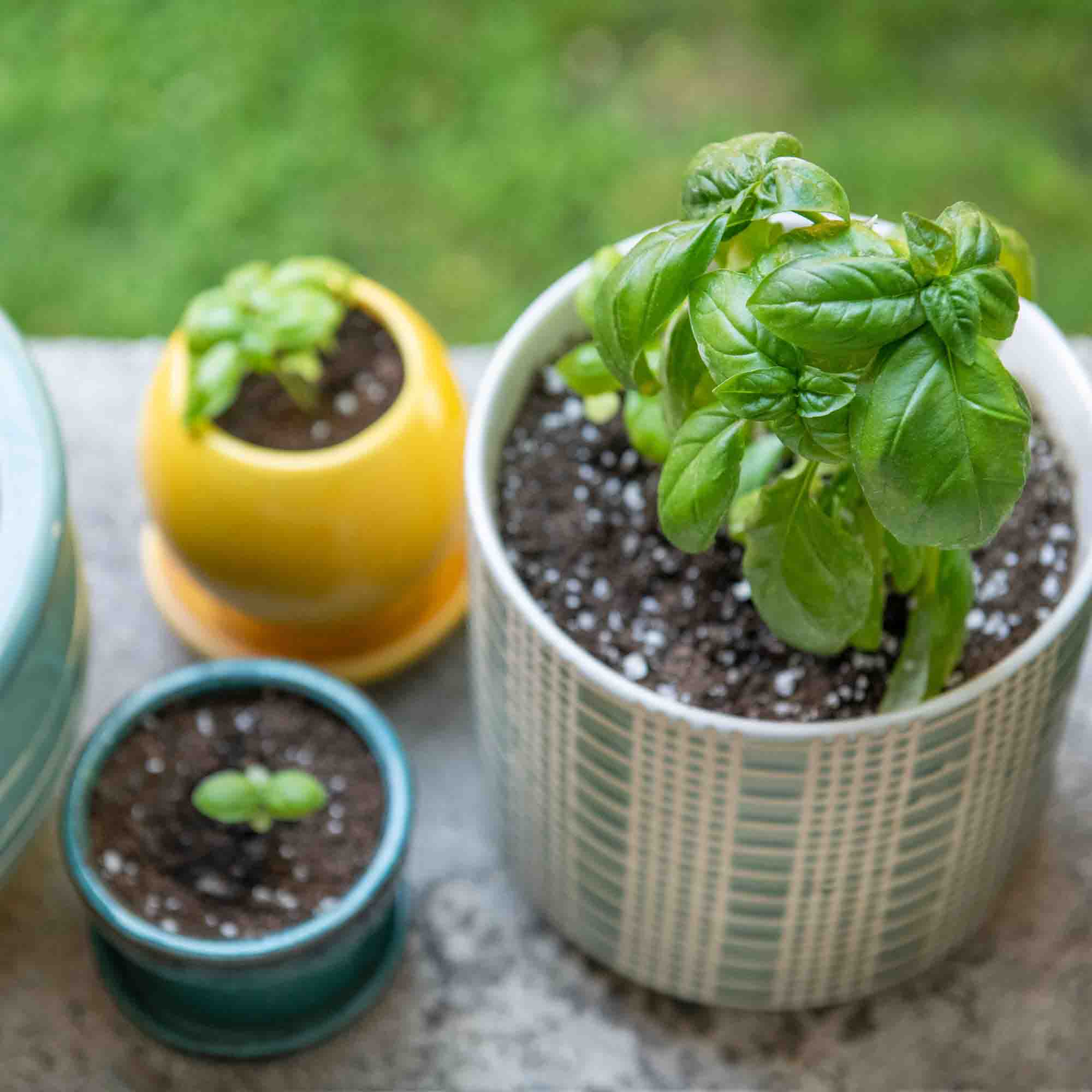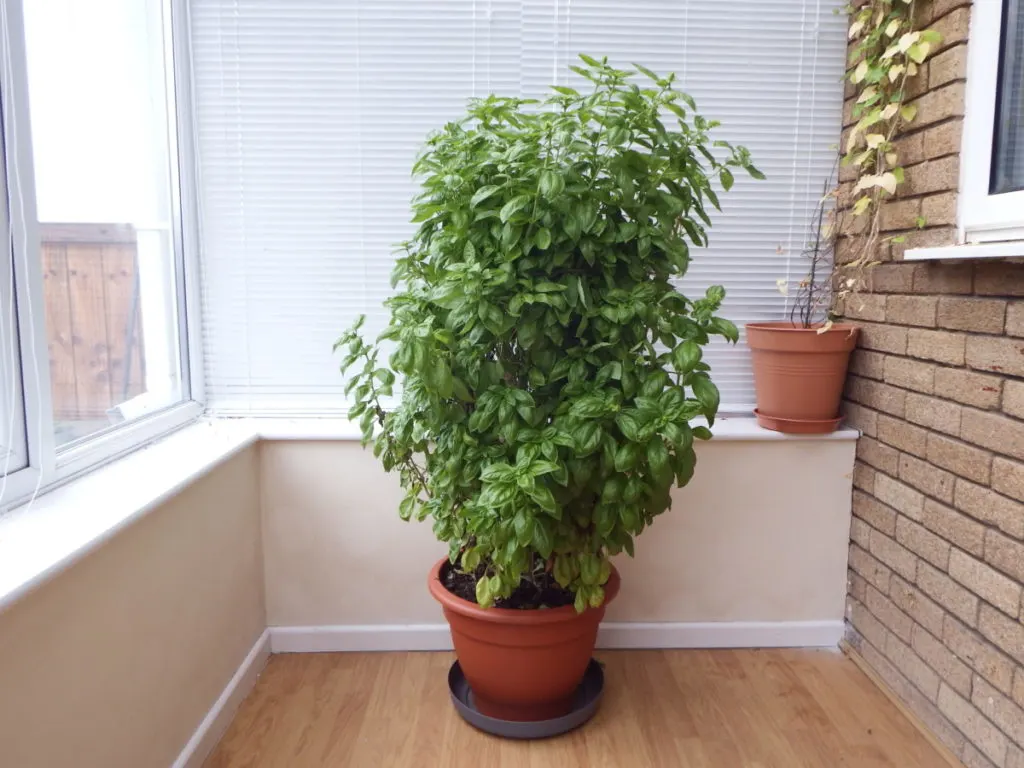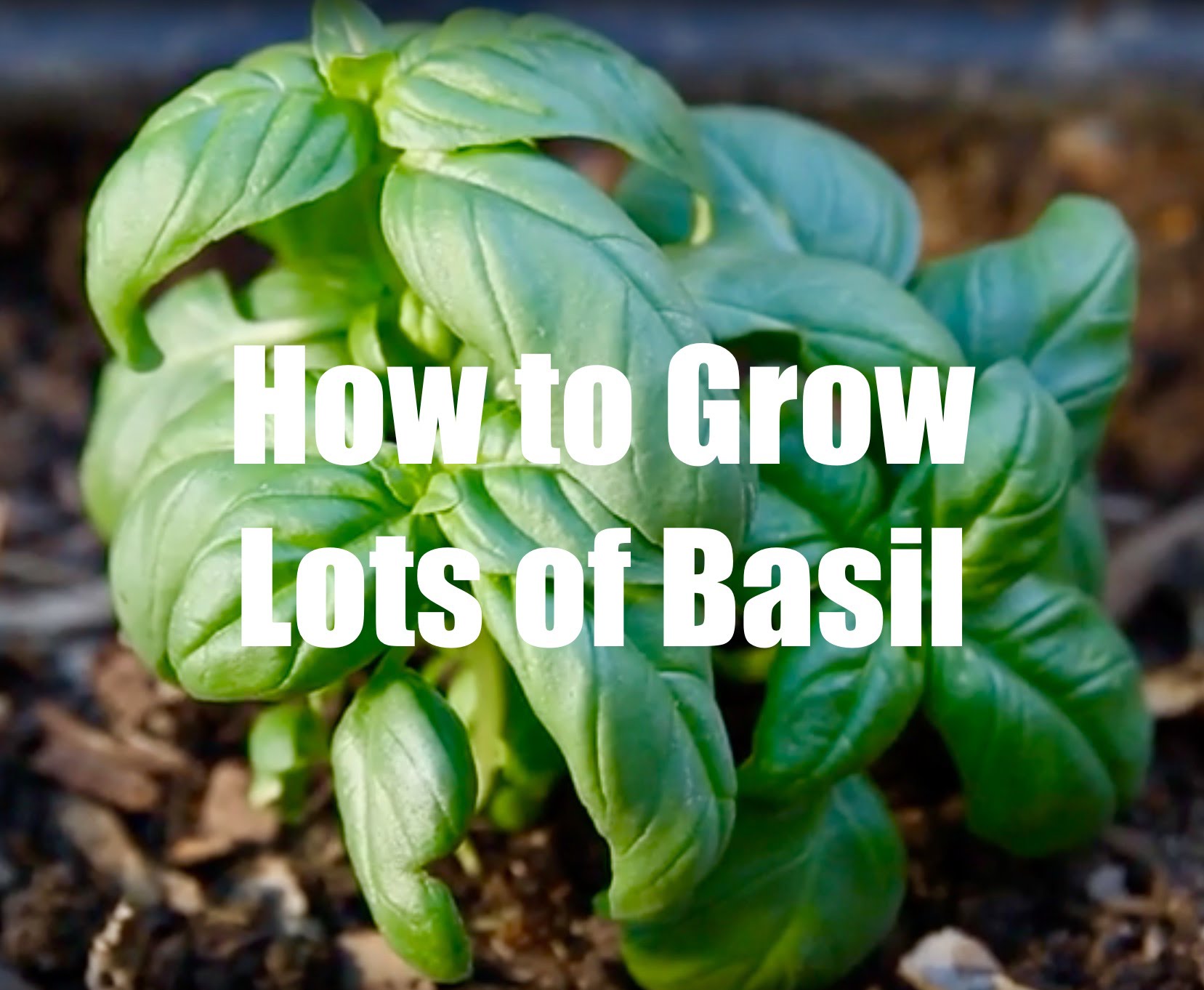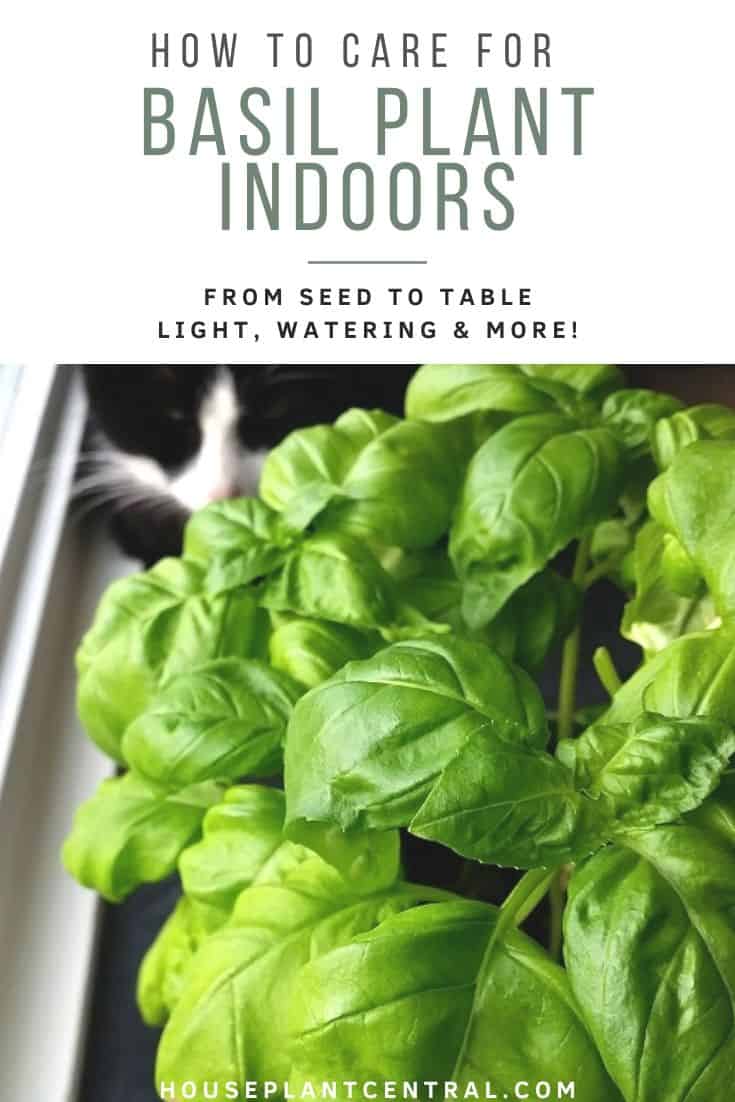Unlocking the Secrets to a Thriving Basil Plant
Basil is one of the most popular herbs used in cooking, and for good reason. Not only does it add a burst of fresh flavor to a variety of dishes, but it also has numerous health benefits and medicinal properties. From reducing inflammation to improving digestion, basil is a true superfood. However, to reap the rewards of this incredible herb, it’s essential to know how to take care of a basil plant. With proper care and attention, basil plants can thrive, providing a bountiful harvest of delicious leaves. In this comprehensive guide, we’ll explore the ins and outs of basil plant care, from choosing the right environment to harvesting and preserving your homegrown basil.
Whether you’re a seasoned gardener or a beginner, growing basil can be a rewarding experience. Not only is it relatively easy to care for, but it’s also a great way to add some greenery to your kitchen or outdoor space. Plus, with the ability to grow basil indoors or outdoors, you can enjoy this fragrant herb year-round. So, if you’re ready to unlock the secrets to a thriving basil plant, let’s dive in and explore the world of basil plant care.
By following the tips and techniques outlined in this guide, you’ll be well on your way to growing a healthy and thriving basil plant. From the basics of lighting and watering to more advanced techniques like pruning and fertilizing, we’ll cover it all. So, whether you’re looking to add some fresh flavor to your cooking or simply want to enjoy the beauty of a well-cared-for basil plant, this guide has got you covered. With the right care and attention, your basil plant will be thriving in no time, providing you with a bountiful harvest of delicious leaves and a sense of pride and accomplishment.
Choosing the Right Environment: Lighting, Temperature, and Humidity
When it comes to growing a healthy and thriving basil plant, the right environment is crucial. Basil plants require specific conditions to grow and flourish, and understanding these conditions is key to providing the best care. Lighting, temperature, and humidity are three of the most important environmental factors to consider when growing basil.
Lighting is one of the most critical factors in basil plant care. Basil plants require bright, indirect light to photosynthesize and grow. Placing your basil plant near a sunny window or under grow lights can provide the necessary light for healthy growth. However, direct sunlight can be too intense and may cause the leaves to become scorched. East- or west-facing windows are ideal for basil plants, as they provide gentle, indirect light.
Temperature is another important factor to consider when growing basil. Basil plants prefer warm temperatures between 60-70°F (15-21°C) during the day and no lower than 55°F (13°C) at night. Avoid placing your basil plant near drafty windows or air conditioning vents, as this can cause the temperature to fluctuate. Consistent temperatures will promote healthy growth and prevent stress on the plant.
Humidity is also an essential factor in basil plant care. Basil plants prefer a relatively high humidity, typically above 50%. To maintain the right humidity level, you can place the pot on a tray filled with water and pebbles or use a humidifier nearby. This will help to create a microclimate that mimics the natural environment of the basil plant.
By providing the right environment, including lighting, temperature, and humidity, you can help your basil plant thrive. Remember, understanding the specific needs of your basil plant is key to providing the best care. With the right conditions, your basil plant will be healthy, happy, and ready to harvest in no time.
Watering Wisdom: How to Hydrate Your Basil Plant
Watering is one of the most critical aspects of basil plant care. Proper hydration is essential for healthy growth, flavor, and aroma. However, overwatering and underwatering can be detrimental to your basil plant’s health. In this section, we’ll explore the best watering techniques for your basil plant, including the frequency and amount of water needed.
Basil plants prefer moist soil, but not waterlogged. The ideal watering schedule for basil plants is to water them when the top inch of soil feels dry to the touch. This is usually every 2-3 days during the spring and summer months when the plant is actively growing. During the fall and winter months, you can reduce the frequency of watering to once a week.
When watering your basil plant, make sure to water at the base of the plant, avoiding the leaves to prevent fungal diseases. Water thoroughly, but avoid getting water on the leaves or crown of the plant. This will help prevent root rot and other problems.
It’s also essential to monitor the humidity levels in your environment, as this can affect the watering needs of your basil plant. If you live in a dry climate, you may need to water your basil plant more frequently. Conversely, if you live in a humid climate, you may need to water less often.
Overwatering is one of the most common mistakes when it comes to basil plant care. Signs of overwatering include yellowing leaves, droopy stems, and a soft, mushy texture. If you suspect you’ve overwatered your basil plant, stop watering immediately and allow the soil to dry out slightly before resuming your regular watering schedule.
On the other hand, underwatering can also be detrimental to your basil plant’s health. Signs of underwatering include wilted leaves, dry soil, and a lack of growth. If you suspect you’ve underwatered your basil plant, increase the frequency of watering and make sure to water thoroughly.
By following these watering tips, you’ll be able to provide your basil plant with the right amount of hydration to thrive. Remember, the key to successful basil plant care is to find a balance between watering and allowing the soil to dry out slightly between waterings.
Fertilizing for Success: Feeding Your Basil Plant
Fertilizing is an essential part of basil plant care. Basil plants require a balanced diet of nutrients to grow and thrive. Fertilizing provides the necessary nutrients for healthy growth, flavor, and aroma. In this section, we’ll explore the benefits of fertilizing basil plants and provide tips on how to create a homemade fertilizer using natural ingredients.
There are several types of fertilizers available for basil plants, including synthetic and organic options. Synthetic fertilizers provide a quick burst of nutrients, but can be detrimental to the environment and human health. Organic fertilizers, on the other hand, provide a slow release of nutrients and are a more sustainable option.
Some of the best organic fertilizers for basil plants include compost, manure, and fish emulsion. Compost is a rich source of nutrients and can be made at home using kitchen scraps and yard waste. Manure is a natural fertilizer that is high in nitrogen and phosphorus. Fish emulsion is a liquid fertilizer that is made from the remains of fish and is high in nitrogen and phosphorus.
To create a homemade fertilizer using natural ingredients, you can try the following recipe: Mix 1 cup of compost, 1/2 cup of manure, and 1/4 cup of fish emulsion. Add 1 gallon of water and stir well. This fertilizer can be applied once a week to provide a balanced diet of nutrients for your basil plant.
When fertilizing your basil plant, make sure to follow the instructions on the label and start with a small amount. Overfertilizing can be detrimental to your basil plant’s health, causing an overgrowth of leaves and a decrease in flavor and aroma.
By fertilizing your basil plant regularly, you can promote healthy growth, flavor, and aroma. Remember to choose a balanced fertilizer that is high in nitrogen, phosphorus, and potassium. With the right fertilizer, your basil plant will thrive and provide you with a bountiful harvest of delicious leaves.
Pruning and Training: Shaping Your Basil Plant
Pruning and training are essential techniques for promoting healthy growth and preventing pests in basil plants. By pruning and training your basil plant, you can encourage bushy growth, prevent legginess, and increase yields. In this section, we’ll provide step-by-step instructions on how to prune and train your basil plant.
Pruning involves removing select leaves and stems to promote healthy growth and prevent pests. To prune your basil plant, start by removing any dead or damaged leaves or stems. This will help prevent the spread of disease and encourage healthy growth. Next, remove any leggy stems or leaves that are growing outside of the plant’s natural shape. This will help promote bushy growth and prevent the plant from becoming too leggy.
Training involves shaping the plant to promote healthy growth and prevent pests. To train your basil plant, start by providing a trellis or stake for the plant to grow up. This will help promote upright growth and prevent the plant from becoming too leggy. Next, gently tie the stems to the trellis or stake using twine or a clip. This will help shape the plant and promote healthy growth.
Pinching is another technique used to promote healthy growth and prevent pests in basil plants. Pinching involves removing the top set of leaves from the plant to encourage bushy growth and prevent legginess. To pinch your basil plant, simply remove the top set of leaves using your fingers or a pair of scissors. This will help promote healthy growth and prevent the plant from becoming too leggy.
By pruning and training your basil plant, you can promote healthy growth, prevent pests, and increase yields. Remember to prune and train your basil plant regularly to encourage bushy growth and prevent legginess. With regular pruning and training, your basil plant will thrive and provide you with a bountiful harvest of delicious leaves.
Pest Control and Common Problems: Troubleshooting Your Basil Plant
Despite proper care and attention, basil plants can still be susceptible to pests and common problems. In this section, we’ll discuss some of the most common issues that can affect basil plants, including aphids, whiteflies, and root rot. We’ll also provide tips on how to identify and treat these issues.
Aphids are small, soft-bodied insects that can be found on the leaves and stems of basil plants. They can cause curled or distorted leaves, and can also transmit plant viruses. To control aphids, use neem oil or insecticidal soap. Spray the plants thoroughly, making sure to cover all surfaces.
Whiteflies are small, winged insects that can be found on the leaves and stems of basil plants. They can cause yellowing or stunted growth, and can also transmit plant viruses. To control whiteflies, use yellow sticky traps or insecticidal soap. Spray the plants thoroughly, making sure to cover all surfaces.
Root rot is a common problem that can affect basil plants, especially if the soil is too wet or poorly drained. It can cause the roots to rot, leading to yellowing or wilting leaves. To prevent root rot, make sure the soil is well-drained and avoid overwatering. If you suspect root rot, remove the affected roots and treat the plant with a fungicide.
Other common problems that can affect basil plants include powdery mildew, leaf spot, and spider mites. To prevent these problems, make sure to provide good air circulation, avoid overwatering, and use organic fungicides or insecticides as needed.
By being aware of these common problems and taking steps to prevent them, you can help keep your basil plant healthy and thriving. Remember to monitor your plant regularly, and take action quickly if you notice any signs of pests or disease.
Harvesting and Preserving: Enjoying Your Homegrown Basil
Harvesting and preserving basil is an essential part of enjoying your homegrown herb. With the right techniques, you can enjoy your basil year-round, whether you’re using it in cooking, herbal remedies, or as a decorative element. In this section, we’ll discuss the best ways to harvest and preserve basil, including how to dry, freeze, and store the leaves.
Harvesting basil is a simple process that requires some basic knowledge of the plant’s growth habits. Basil plants typically produce leaves in clusters, and the best time to harvest is when the leaves are young and tender. To harvest basil, simply pinch or cut off the leaves at the stem, leaving about an inch of stem intact. This will encourage the plant to produce new growth and prevent it from flowering.
Drying basil is a great way to preserve the leaves for later use. To dry basil, tie the leaves in small bunches and hang them upside down in a warm, dry place. You can also use a food dehydrator or oven on the lowest heat setting to dry the leaves. Once the leaves are dry, store them in airtight containers to preserve their flavor and aroma.
Freezing basil is another great way to preserve the leaves. To freeze basil, chop the leaves finely and place them in airtight containers or freezer bags. You can also mix the chopped basil with olive oil or water to create a paste, which can be frozen in ice cube trays. Once frozen, the basil can be used in cooking and herbal remedies.
Storing basil is also an important part of preserving the leaves. To store basil, place the leaves in a cool, dry place, away from direct sunlight. You can also store basil in the refrigerator, but make sure to keep it away from strong-smelling foods, as basil can absorb odors easily.
Using fresh basil in cooking and herbal remedies is a great way to enjoy your homegrown herb. Basil can be used in a variety of dishes, from pesto and caprese salads to soups and sauces. It can also be used in herbal remedies, such as teas and tinctures, to promote digestion and relieve stress.
Propagation and Regeneration: Growing New Basil Plants
Propagation and regeneration are essential techniques for growing new basil plants from existing ones. By using these techniques, you can create new plants that are genetically identical to the parent plant, ensuring consistent flavor and aroma. In this section, we’ll discuss the methods for propagating and regenerating basil plants, including stem cuttings, leaf cuttings, and division.
Stem cuttings are a popular method for propagating basil plants. To take a stem cutting, cut a 4-6 inch stem from the parent plant, just above a node. Remove any lower leaves, leaving only the top two or three sets of leaves. Dip the cut end in rooting hormone and plant it in a pot filled with moistened potting mix. Keep the soil consistently moist and warm until roots develop.
Leaf cuttings are another method for propagating basil plants. To take a leaf cutting, cut a healthy leaf from the parent plant, making sure to leave a small piece of stem attached. Dip the cut end in rooting hormone and plant it in a pot filled with moistened potting mix. Keep the soil consistently moist and warm until roots develop.
Division is a method for regenerating basil plants by dividing the roots of a mature plant. To divide a basil plant, carefully dig up the entire plant, making sure to get as much of the root system as possible. Gently separate the roots, making sure each section has at least one growing stem. Replant the sections in pots filled with moistened potting mix, and keep the soil consistently moist and warm until new growth appears.
By using these propagation and regeneration techniques, you can create new basil plants that are genetically identical to the parent plant. This ensures consistent flavor and aroma, and allows you to share your favorite basil varieties with friends and family.
Remember to always use clean and sterile equipment when propagating and regenerating basil plants to prevent the spread of disease. With a little practice and patience, you can become a master basil propagator and enjoy a constant supply of fresh, delicious basil.








